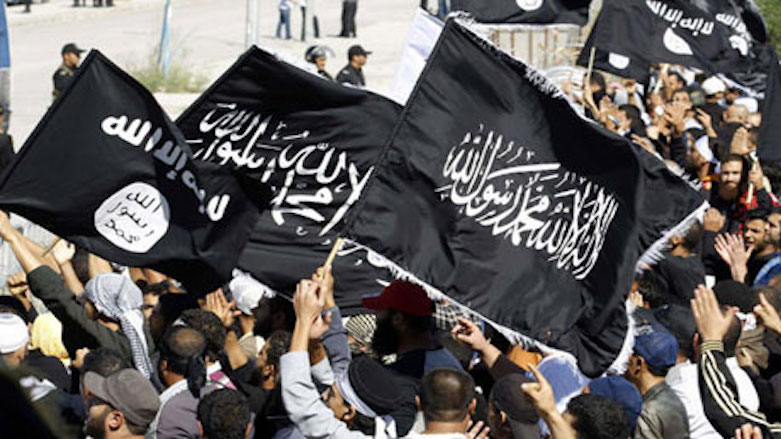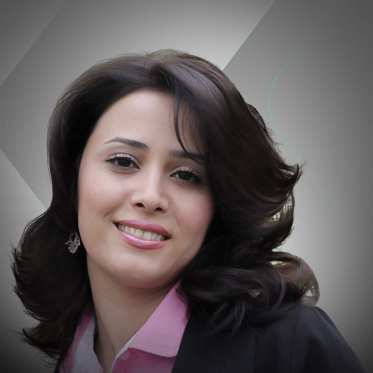Who is responsible for the Tehran attack?

TEHRAN, Iran (Kurdistan24) – The recent terror attack in Tehran has raised questions about the organization and operation of the Islamic State (IS) and other insurgent or Salafi groups in Iran.
Last Wednesday, two armed groups attacked the Iranian Parliament and the shrine of former Supreme Leader Ruhollah Khomeini, killing 12 and injuring 48 others, the Interior Ministry stated.
The first attack took place in the Iranian Parliament where the gunmen controlled the building for several hours and prevented staff and Parliament members from leaving.
The second attack occurred at Khomeini’s Shrine where two suicide bombers detonated themselves, damaging the tomb.
Following the violence, IS claimed responsibility for the attacks in an online statement.
The insurgent group also released footage showing militants in the Iranian Parliament building.
Iranian authorities blame the presence of IS in neighboring Iraq for the growth of Salafism in Iran’s predominantly Sunni regions, especially the provinces of Kurdistan and West Azerbaijan.
However, evidence indicates Iran’s intelligence and security forces might have played an unintended role in enabling the recent attacks by supporting or turning a blind eye to the activities of Iranian Kurdish Salafi groups.
Kurdish opposition groups in Iran, leftist or nationalist, have been largely secular movements and were indiscriminately suppressed by the Iranian government which does not allow or recognize their civil activities.
Offering leeway to the religious groups has assisted Iran's goal of undermining secular movements.
In the early years after the 1979 revolution, the new Islamic government supported an Islamist group in Kurdistan led by Ahmad Moftizadeh, a charismatic Kurdish intellectual based in the provincial capital city of Sanandaj.
During the 1990s, Iranian authorities allowed propaganda and cultural activities of several Sunni Islamist groups in the Kurdish regions of Iran.
A 2015 internal report by Iran’s interior ministry warned about widespread advocacy of Salafist ideology by several Kurdish clerics across Iranian Kurdistan.
The report raised alarms about many funeral ceremonies for Kurdish IS members killed in Iraq.
There are also reports that during the late 1990s, Iran supported Ansar Al-Islam, a Sunni insurgent group whose members had fought in Afghanistan alongside the Taliban and Al-Qaeda.
Iran allegedly helped relocate the group to the north-western border region of the country to infiltrate Iraq and fight both secular Kurdish political parties in the Kurdistan Region and later US forces based in Iraq following the 2003 American liberation.
Moreover, in 2014, the Kurdistan Democratic Party (PDK) published a detailed report warning about the extremists’ recruitment in certain mountainous and border areas of the Kurdish region, namely Horamanat.
Thus, Tehran systematically ignored and at times supported the activities of the Salafists as it benefited the government to curb the Kurdish aspiration and use the group as a shield against the US presence in the neighboring countries.
The policy had a blow back at a time when Iran had been priding itself on having stayed safe in the middle of a war-torn region.
The Tehran attacks occurred less than a month after the re-election of President Hassan Rouhani.
Rouhani’s landslide victory defeated candidates supported by the hardline clergy and the Islamic Revolutionary Guard Corps (IRGC).
One of Iran’s strongest propaganda tools to attract voters was the stability of the country.
The government has banked on horrors of invasions to earn legitimacy. Iranians are fearful their country may be torn apart like their neighbors: Iraq, Syria, and Afghanistan.
Iran is now directing the blame on Kurds to regain the lost legitimacy, resurrecting a dormant hatred of Kurds as the outsiders and threat to stability.
Editing by Karzan Sulaivany
